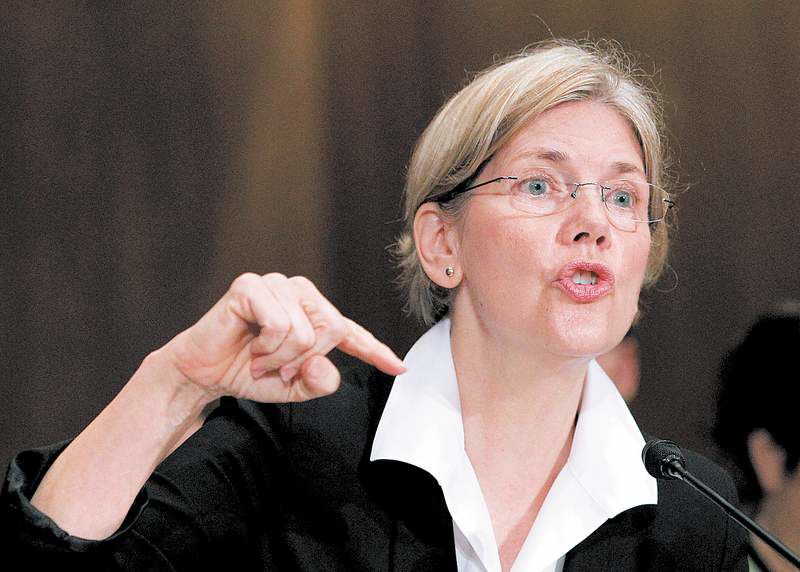Agency to shed light on products’ true costs
Published 4:00 am Tuesday, February 1, 2011

- Elizabeth Warren, the Harvard law professor in charge of setting up the Consumer Financial Protection Bureau, testifies before a Senate Finance Committee in July 2010. The new agency will begin exercising its rule-making powers July 21.
WASHINGTON — No tricks. Less fine print. Clearer agreements.
That’s how banks should market products to consumers, says Elizabeth Warren, the Harvard law professor in charge of setting up a new federal agency that will police credit cards, mortgages and other financial services.
The Consumer Financial Protection Bureau was created as part of the sweeping overhaul of financial regulations last year known as the Dodd-Frank Act. Proponents said such an agency could have sounded an early warning for the abusive lending practices that precipitated the economic meltdown.
It’s not clear when a permanent head will be named to lead the new agency. Warren, a vocal consumer advocate who first championed the creation of the agency, is a possibility but is regarded as a contentious choice. President Obama did not need Senate confirmation when he named her in September as a special adviser to help oversee the creation of the agency.
The CFPB won’t be able to exercise its rule-making powers until July 21. In the meantime, Warren has been making key appointments and meeting with banking executives and consumer groups to get the agency up and running.
In an interview with The Associated Press, Warren said one of the first goals will be to make the true cost of financial products easier to understand. She said that should eventually drive down prices for consumers.
Here is an excerpt:
Q: You’ve said improving the disclosure of credit card terms is going to be a top priority. How is the CFPB going to change what’s provided to consumers?
A: Think about how long a credit card agreement has become — it’s become pages and pages and pages of largely incomprehensible fine print. In effect, it’s paperwork that says “Don’t read me,” and that’s a real problem. Because hiding in that fine print can be anything.
So one of the things we want to push toward is trying to clear out that kind of shrubbery. So that if there are real changes that a company is proposing, they stand out. They’re not camouflaged by all those other words.
Q: And what’s the timetable for when consumers can expect to see such changes?
A: Well, it’s interesting. I think people are starting to see somewhat clearer disclosures. For example, there are a couple of major credit card issuers who — following our early conversations last fall — went back and voluntarily rewrote their own credit agreements and began to shrink them down. There have been others who’ve advertised their credit products along the lines of “No Tricks,” “Less Fine Print,” “Clearer Agreements.”
This agency, even before it has its full legal authority, has driven a conversation and driven a direction for the industry. And it’s toward a better informed customer who can make apples-to-apples comparisons among products.
Q: In terms of the required disclosures, do you see new forms replacing the Schumer box, which is already intended to clearly lay out the APR, fees and other terms for a credit card?
A: We’re having conversations with credit card issuers right now and talking through what the Schumer box does and how it might be improved.
You know, even the Schumer box has gone from smaller and skinnier to longer and more complicated. So I will readily admit it’s an uphill walk to try to get there. But I think we’re developing a path in working with the companies.
In terms of a timetable, I just have to remind you. We won’t have legal authority to do anything by way of rule-making authority until after July 21.
But we’ve started now with the industry and with consumer groups and with other stakeholders, investors — talking with them, showing them what we have in mind, asking for their input, asking for their data, asking for information.
Q: More banks began to cut back on free checking last year in response to new regulations. Do you think further regulation by the CFPB will drive up the price of banking?
A: If the consumer knows the price of a good, the risk associated with it, and can make apples-to-apples comparisons, that’s what makes markets work for consumers. They can figure out who’s offering the most expensive product and who’s offering the cheapest product. And I’m of the belief that over time, that’s going to make financial products cheaper for consumers, not more expensive.






